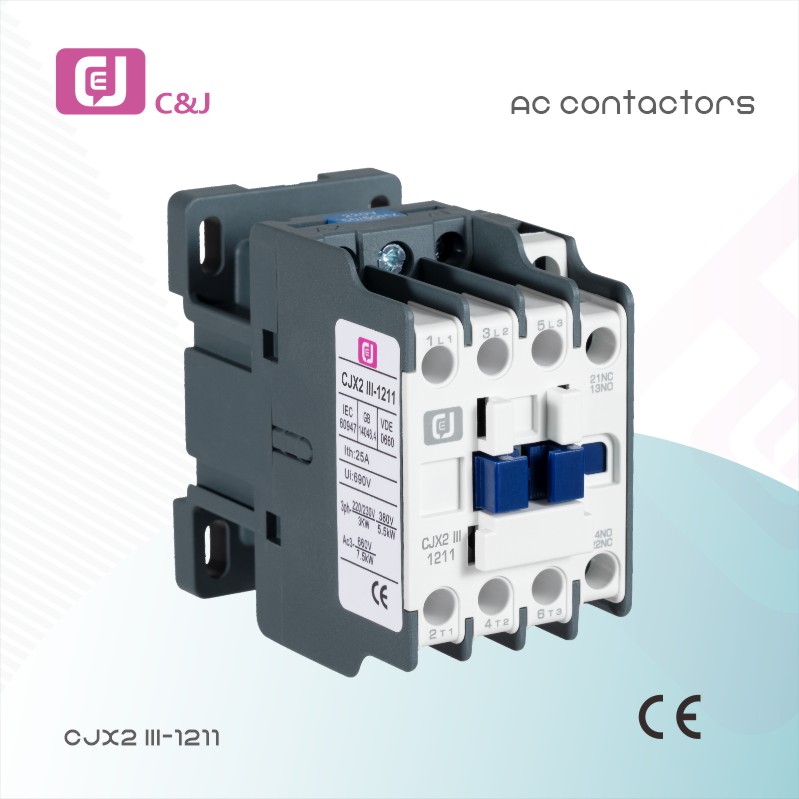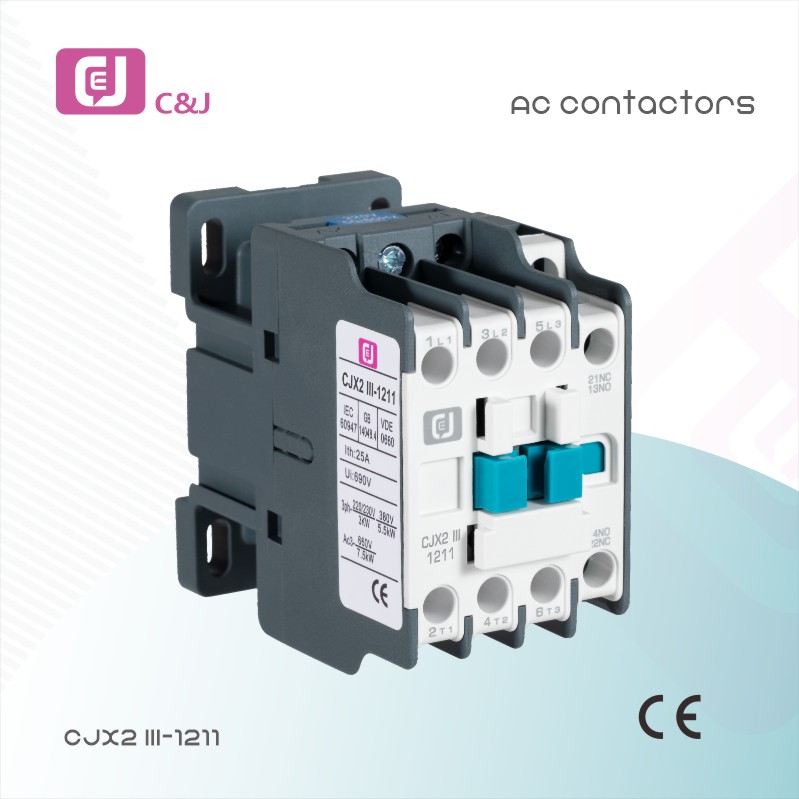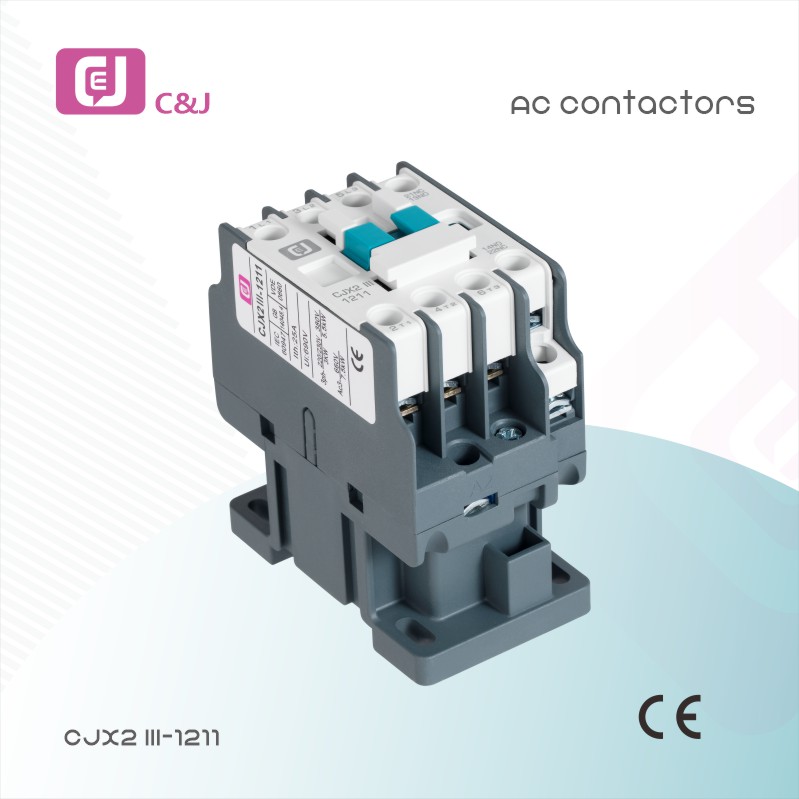Understanding AC Contactors: Essential Components in Electrical Systems
The term “AC contactor” is a common one in the world of electrical engineering and industrial automation. AC contactors are key components that control the flow of alternating current (AC) in a wide range of applications, from home air conditioning systems to large industrial machinery. This article will take a closer look at the function, types, and applications of AC contactors, and highlight their importance in modern electrical systems.
What is an AC contactor?
An AC contactor is an electrically controlled switch used to connect and disconnect an electrical circuit. It uses an electromagnet to mechanically close or open contacts, thereby allowing or interrupting the flow of electricity. The main purpose of an AC contactor is to control high-power devices such as motors, heaters, and lighting systems while ensuring safety and efficiency.
How does an AC contactor work?
The operation of an AC contactor is relatively simple. When control voltage is applied to the contactor coil, a magnetic field is generated that pulls the armature toward the coil. This movement closes the contacts, allowing current to flow through the circuit. Conversely, when the control voltage is removed, the magnetic field dissipates and a spring mechanism returns the armature to its original position, opening the contacts and interrupting the flow of current.
Types of AC contactors
There are many different types of AC contactors, each designed for specific application and load requirements. The most common types include:
1. Standard AC Contactors: These contactors are used for general applications, such as controlling motors and lighting circuits. They are available in different sizes and current ratings to suit a variety of loads.
2. Heavy Duty AC Contactor: Heavy duty contactors are designed for high load applications and can handle higher currents and are typically used for motor control in industrial environments.
3. Reversing AC Contactors: These contactors control the phase of the motor through two contactors, thereby changing the direction of the motor. They are usually used in applications that require bidirectional motor operation.
4. Contactor Relays: These devices combine the functionality of a relay and a contactor to enable both low and high power switching in a single unit. They are ideal for space constrained applications.
Application of AC contactor
AC contactors are used in a wide variety of industries. Some common uses include:
- HVAC Systems: In heating, ventilation and air conditioning systems, AC contactors control compressor and fan motors, ensuring efficient operation and energy savings.
- Industrial Machinery: AC contactors are integral to the operation of conveyors, pumps and other heavy machinery, providing reliable control of motor functions.
- Lighting Control: In commercial buildings, AC contactors are used to manage lighting systems for centralized control and automation.
- Home Appliances: Many home appliances, such as refrigerators and washing machines, use AC contactors to safely manage their electrical components.
In summary
In summary, AC contactors play a vital role in the control and management of electrical systems in a wide variety of applications. Their ability to safely and efficiently handle high currents makes them an indispensable device in both residential and industrial settings. Understanding the functions, types, and applications of AC contactors is essential for anyone working in electrical engineering or automation. As technology continues to advance, the design and functionality of AC contactors are likely to evolve as well, further enhancing their role in modern electrical systems.
Post time: Jul-02-2025




